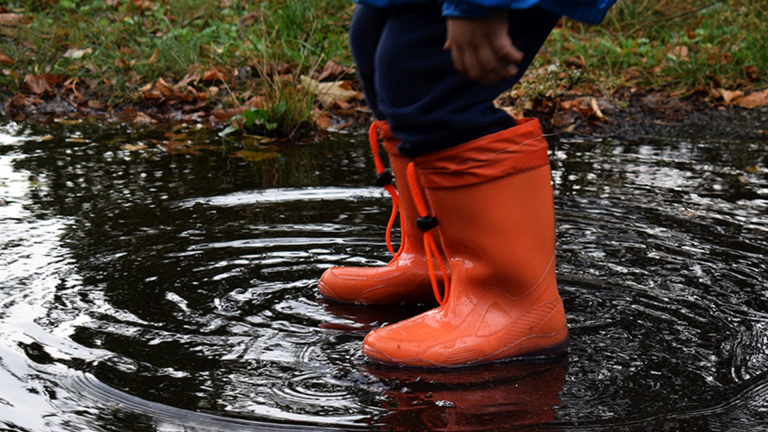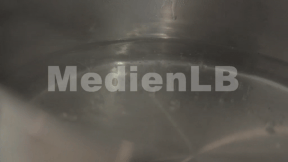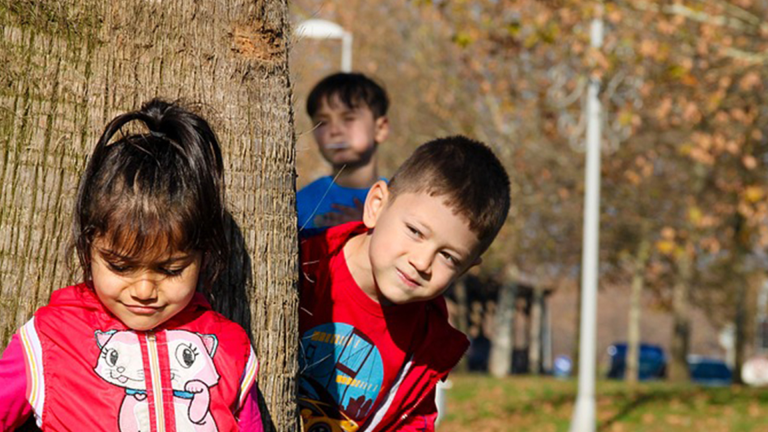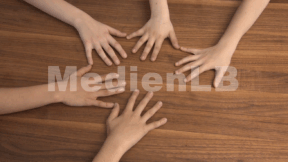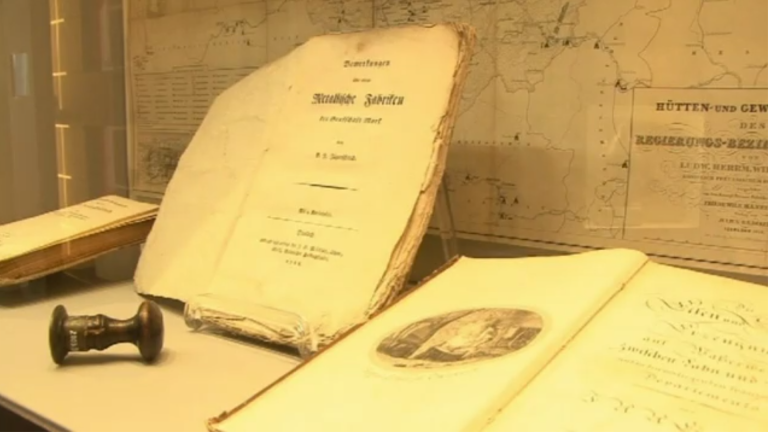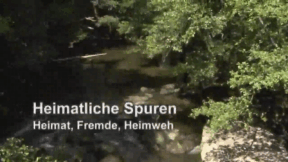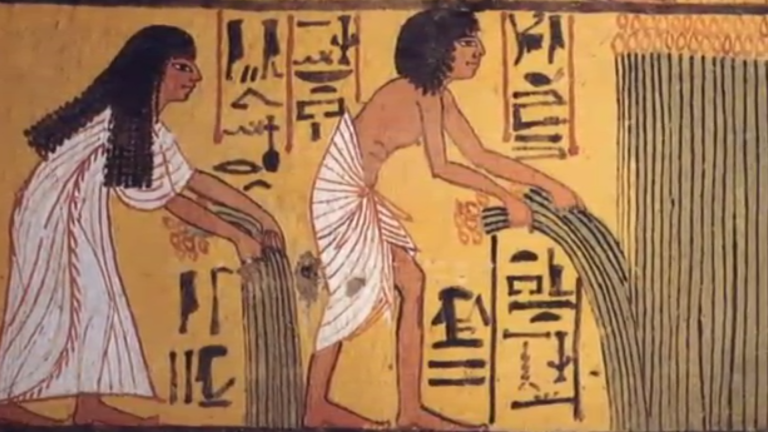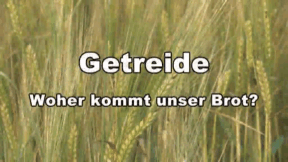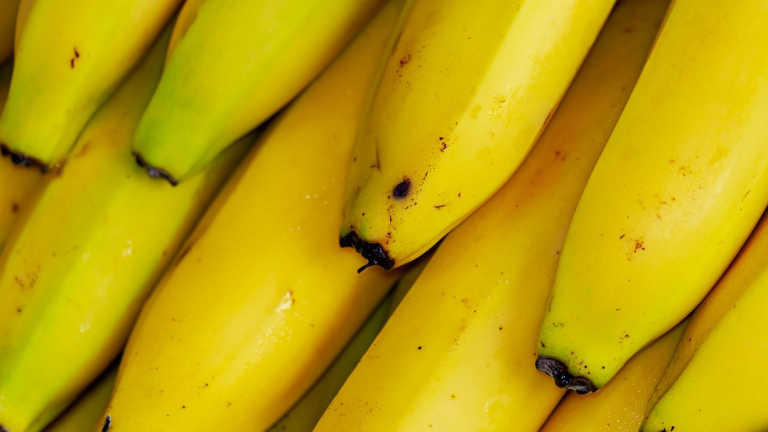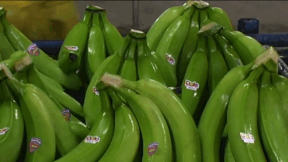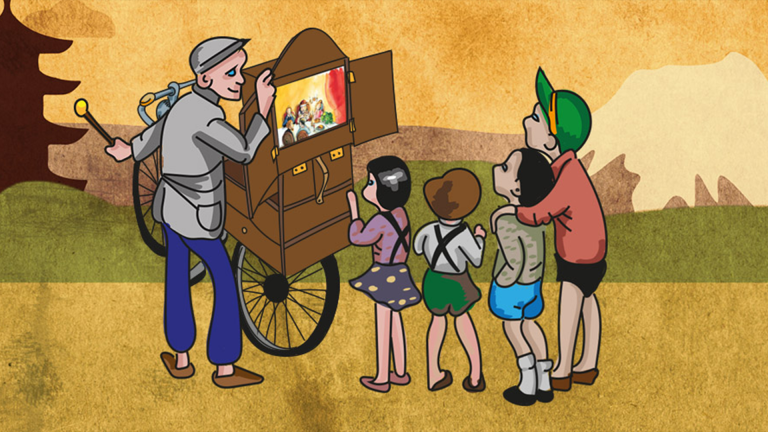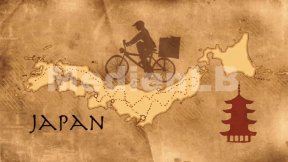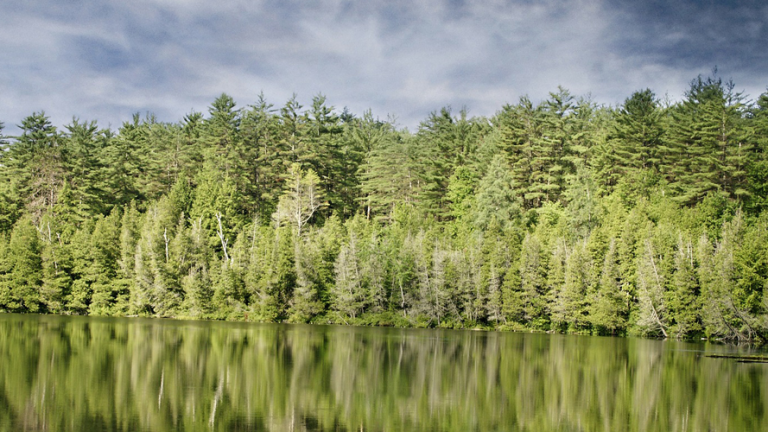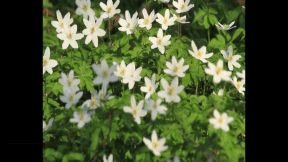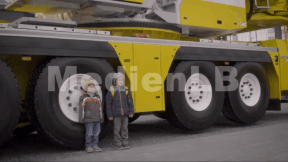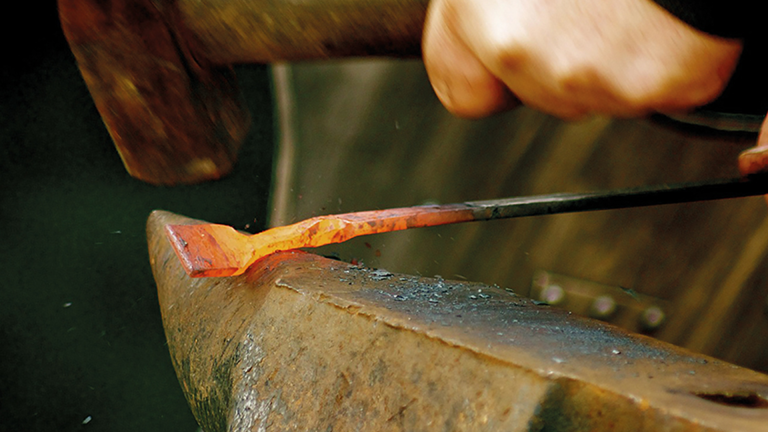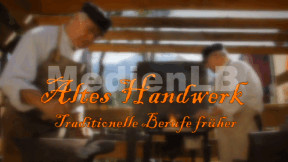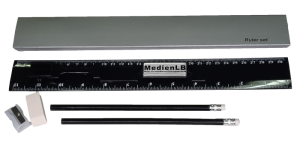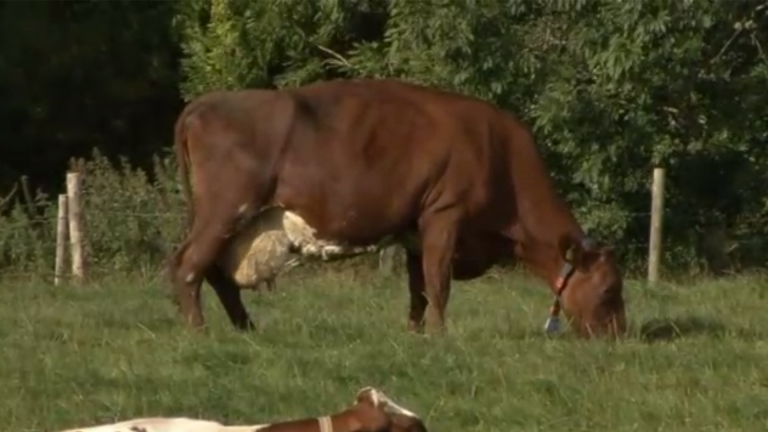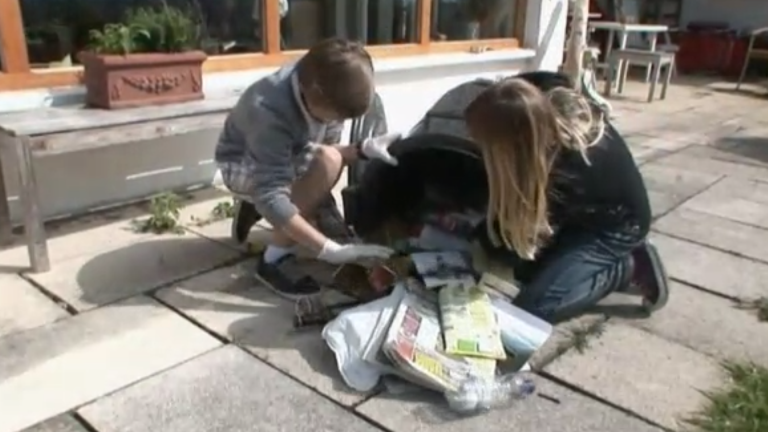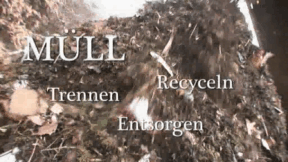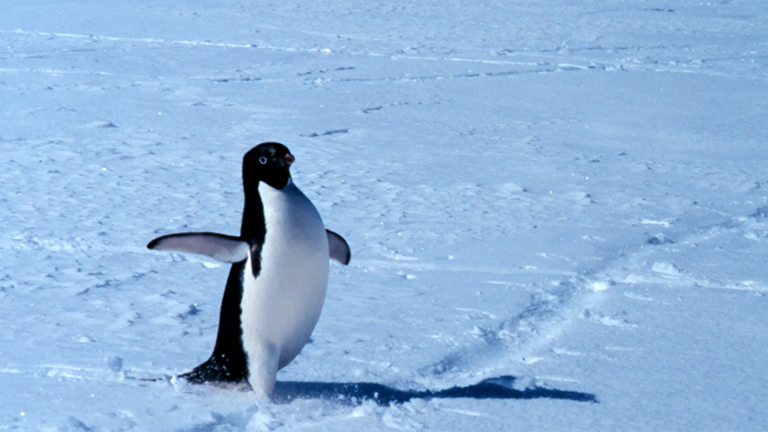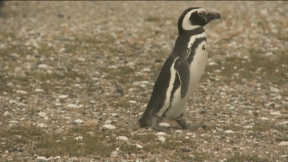Suche:
- # Artistry
- # Biology
- # Chemistry
- # Ecological
- # Economy
- # English
- # Foreign Language
- # Geography
- # German
- # Health
- # History
- # Informatik
- # Latin
- # Mathematics
- # Media Education
- # Music
- # Physics
- # Politics / Civics
- # Preschool
- # Primary School
- # Religion
- # Society
- # Sports
- # Technology
- # Training of Teachers
- # Vocational Education
Hydrological Cycle
Water is the source of life because life on our Earth originated in, more precisely, under the water. Water is essential for animals, plants and for us humans. Without water survival is impossible. Pure water is transparent, it smells and tastes of nothing. But where does the water come from? Where does it flow? And what happens to the water we do not use?
Learn moreHome
Everyone of us has a home. We primarily associate home with our families, which give us a sense of comfort and security. We have our home town where we were born, but what exactly is home? According to the encyclopaedia, home means all the conditions under which someone grows up. This DVD introduces all aspects of the topic of “home” – in a way easily understandable for children. Folk songs as well as films and novels with a regional background are examined closely. The relation between home and identity is explained. Home can take many forms due to different nationalities with their different languages, customs and traditions. However, despite all our cultural differences and ways of life, when seen from a distance, we all share the same home – our planet earth!
Learn moreGrain
The DVD offers spectacular insights into rural forms of work of former times and of today and into the work of a baker, so that pupils can easily comprehend individual work steps, too. In addition, the children gather information on the characteristics and use of the most important types of grains: rye, wheat, barley, oats and maize. The content of the DVD is excellently suited, on the one hand, to show the children that flour is an essential ingredient of baked goods and, on the other hand, to seize upon the pupils' various experiences with the staple bread. The DVD breaks down the topic "Grain" into the following main areas: baking bread, from corn to flour, types of grain and history of grain. The DVD is divided into four didactic units that can be dealt with separately via its menu structure. Moreover, the menu offers additional pictorial and diagram material. With the varied worksheets, test tasks and colour foils, the learning content of the DVD can be consolidated and the topic "Grain" enlarged upon during lessons.
Learn moreBanana
Bananas can be bought at any supermarket today. We eat them raw or make them into cakes, shakes and ice-cream. But where do bananas come from? How have they got to the supermarket? On plantations in Costa Rica bananas are cultivated in an elaborate process. It is most important that bananas always have enough heat, sun and water. When the bananas are harvested, the workers carefully cut them off with machetes and take them to the packaging station. From there they are transported to the container ships by lorry. In the process the fruits undergo constant quality control. Storage temperature is important as well. After about three weeks the bananas are ready for sale at our supermarkets. The film illustrates the development of the banana from planting to harvest and the subsequent transport until they are finally sold at our supermarkets. Why does the banana not rot on the journey? Why is the banana bent? These and more questions are vividly answered. With the extensive accompanying material the didactic DVD is perfectly suited for use in the classroom
Learn moreKamishibai
We spend a large part of our lives telling stories. Stories we read, listen to, watch – or tell others ourselves.
Learn moreStructure of the Forest
Forests are more than an accumulation of trees. The individual tree is more than a valuable source of wood. From its roots to its crown, it offers habitats to a variety of the most different creatures. The older a tree, the more valuable it becomes to many forest inhabitants. And even in death it is still full of life. If you take a closer look at a forest, you notice that the plants grow to different heights. They form storeys like those of a house. At the top level there are only the big trees. From a bird’s perspective we see that the highest specimens in the forest form a closed canopy. In summer, the treetops resemble big parasols shading the forest floor. Depending upon how much sunlight filters into the depths, this has consequences for the forest vegetation.
Learn moreCrane
Even though all cranes are lifting equipment – type and appearance of a crane can be quite different. Depending on their purpose and operating site there are various types of cranes and various crane technologies. There are crane types which are mobile and mounted on a vehicle. Other cranes, however, are permanently installed and located on a construction site, at a port or in a hall.
Learn moreOld Crafts
Crafts have existed for centuries. Some old craftsmen’s trades have almost disappeared over time. In order to keep up the traditions of the crafts, old handicrafts are presented at traditional festivals or on markets.
Learn moreMilk
Milk is one of the oldest and, at the same time, most natural foods we know. This DVD provides comprehensive information on cow’s milk. Where does the milk come from, how are the cows best cared for, what do they eat? What breeds of cattle are there, how are the cows milked today compared to the past? What is the udder actually? What types of milk are there? What do pasteurised, ultra-heat treated, homogenised and sterilised mean? How does it get from the cow to the consumer? How is milk bottled and packed? What kinds of fresh dairy products are there? And how is butter and cheese made from milk? In the last chapter of the DVD, we take a look back into the past and show the history of milk production.
Learn moreWaste
The content of the film "Waste" is based on the specific field of experience of children – how household waste is produced and disposed of. In a vivid way, the film makes the children acquainted with the various forms of waste, how they are disposed of and how many reusable materials are contained in our household waste.
Learn morePenguins
When we hear the word “penguin“, we immediately think of animals living in the cold and ice world of Antarctica near the South Pole. However, this is not the whole truth. All of the various species of penguins do indeed live in the Southern Hemisphere but their habitats are not limited to the Antarctic region.
Learn more



